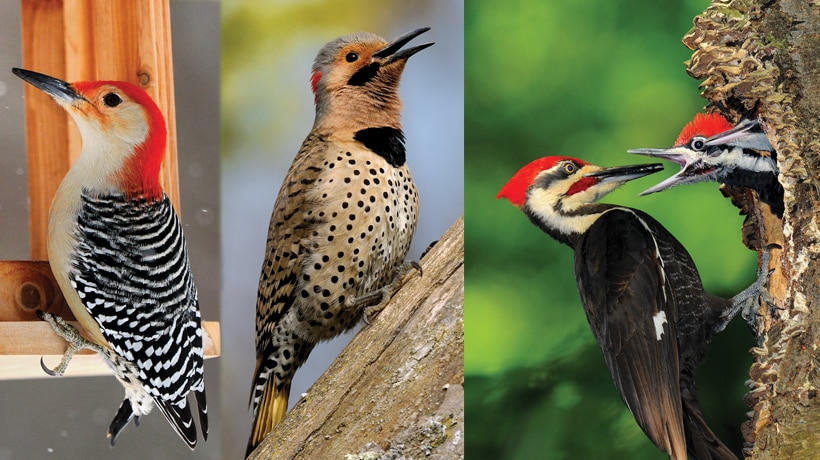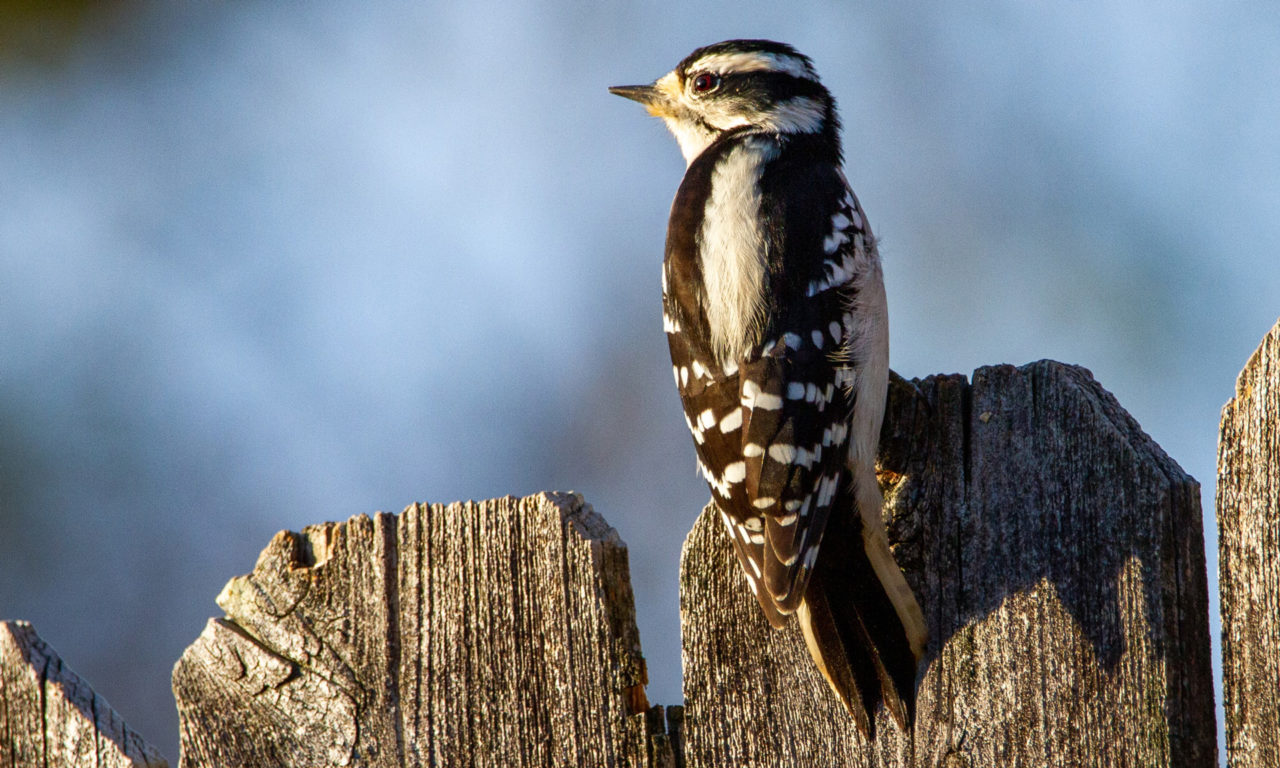Woodpeckers in Florida: Recognition Tips and Environment Preferences
Wiki Article
Revealing the Secrets of Woodpeckers: Actions, Habitat, and Much More
Woodpeckers, with their distinct actions and specialized adaptations, have lengthy fascinated researchers and nature lovers alike. These exceptional birds possess a variety of intriguing keys that dropped light on their survival approaches, habitat choices, and complex communication techniques. By revealing the mysteries bordering woodpeckers' actions and environment choices, a deeper understanding of these avian marvels emerges, providing a glance into their remarkable globe. So, what makes these birds really extraordinary, and just how do they navigate their atmosphere with such accuracy and ability? Allow's check out the fascinating world of woodpeckers and unravel the enigmatic details that make them such fascinating topics of research.Woodpecker Habits Insights
In analyzing woodpecker actions, an interesting display screen of specialized abilities and adaptations arises, losing light on their impressive eco-friendly particular niche - Woodpeckers in Florida. Woodpeckers, known for their unique drumming on trees, possess a selection of behavioral attributes that add to their survival and success in their environment. One vital habits is their drumming, which serves several functions such as interaction, developing area, bring in mates, and finding food sources. This rhythmic pecking additionally showcases their remarkable toughness and endurance, as they can hammer away continuously at broadband without triggering injury to themselves.Additionally, woodpeckers exhibit an unique feeding actions defined by their ability to remove bugs from tree bark using their specialized beaks. Their long, barbed tongues aid in capturing target, while their solid neck muscular tissues supply stability and accuracy throughout pecking motions. This feeding approach allows woodpeckers to access covert insect larvae and remove them with impressive efficiency.
Environment Preferences and Selection
What factors affect the environment preferences and selection of woodpeckers? One essential element affecting woodpecker environment selection is the schedule of suitable nesting sites. Woodpeckers usually choose forests with a mix of fully grown trees that give sufficient chances for dental caries excavation.Furthermore, woodpeckers reveal a preference for environments with an abundant supply of food resources. They are largely insectivorous, feeding on beetles, ants, larvae, and other bugs discovered in worn out timber or tree bark. For that reason, woodpeckers often tend to prefer wooded locations with a varied insect populace to fulfill their nutritional needs.
Furthermore, the visibility of dead or worn out trees is another key element in woodpecker habitat selection. These trees not just offer food sources but likewise provide appropriate substrate for tooth cavity excavation. Dead trees are important for the upkeep of healthy and balanced woodpecker populaces, as they play an essential this article duty in the woodpeckers' life cycle and environment dynamics.
Feeding Habits and Diet Structure
Woodpeckers show a specialized feeding actions concentrated on foraging for insects within different habitats. In enhancement to pests, woodpeckers also eat tree sap, fruits, nuts, and seeds, including variety to their diet regimen depending on the period and accessibility of food sources.The foraging techniques of woodpeckers are well-adapted to their arboreal way of living (Woodpeckers in Florida). Their capability to excavate timber not only gives them with food but additionally aids in producing nesting dental caries and developing regions. Woodpeckers play an important duty in preserving the health of woodlands by managing best site insect populaces and helping in the decay of wood. Understanding their feeding routines and diet make-up is essential for preservation initiatives aimed at preserving these one-of-a-kind and beneficial birds.
Drumming Seems and Communication
Making use of rapid drumming audios on various surface areas, woodpeckers use an unique kind of communication to signify territory borders and draw in companions. This drumming actions is not just a method of interaction however likewise offers as a way for woodpeckers to develop their existence within a specific location. The intensity, speed, and pattern of the drumming can communicate vital information to other woodpeckers around.Woodpeckers make use of drumming audios to announce their visibility in a territory and to caution off prospective intruders. The loud and repetitive nature of the drumming offers as a clear signal to other woodpeckers that the location is already asserted. This assists in reducing disputes and decreasing physical conflicts between people.

Survival Adaptations and Specialized Anatomy

Final Thought
To conclude, woodpeckers exhibit one-of-a-kind habits, such as drumming sounds for interaction, and have specialized makeup for survival in their selected environments. Their feeding routines and diet plan structure even more demonstrate their versatility to different settings. By understanding these aspects of woodpeckers, researchers and guardians can much better shield and maintain these fascinating birds and their communities.Report this wiki page